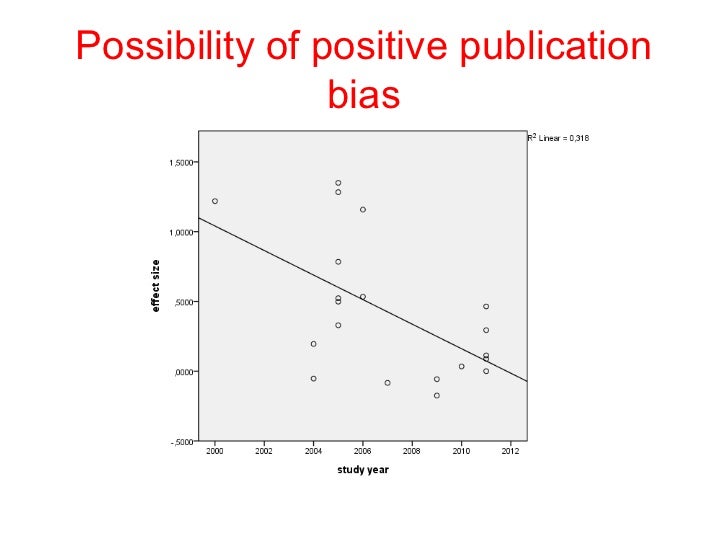

Wright JH, Turkington D, Kingdon DG, et al: Cognitive-Behavior Therapy for Severe Mental Illness: An Illustrated Guide. Initial evaluation of the effects of competitive memory training (COMET) on depression in schizophrenia-spectrum patients with persistent auditory verbal hallucinations: a randomized controlled trial. Van der Gaag M, van Oosterhout B, Daalman K, et al. FDA approves first drug to treat hallucinations and delusions associated with Parkinson’s disease. Severe sleep deprivation causes hallucinations and a gradual progression toward psychosis with increasing time awake. Auditory hallucinations in tinnitus patients: Emotional relationships and depression. Santos RM, Sanchez TG, Bento RF, Lucia MC. Hallucinations: Clinical aspects and management. Prevalence and classification of hallucinations in multiple sensory modalities in schizophrenia spectrum disorders. What Is the link between hallucinations, dreams, and hypnagogic-hypnopompic experiences?. Hallucinations in healthy older adults: An overview of the literature and perspectives for future research. Focal seizures with gustatory hallucinations. Sometimes, gustatory hallucinations are described as having a metallic taste, and can be common for people with epilepsy. Gustatory hallucinations are when you experience a taste in your mouth that has no physical source.The smell could be an unpleasant, bad odor, or it could be enjoyable, such as the sweet smell of perfume. Olfactory hallucinations involve smelling something that doesn’t have a physical source.In this instance, you might feel the imagined sensation of bugs crawling under your skin, or a person's hands on your body.

Tactile hallucinations are feeling sensations or movement on your body.For example, this might include seeing someone who's not really in the room, or seeing flashing lights that aren't actually there. This ranges from people, patterns, lights, or other objects. Visual hallucinations happen when a person sees something that isn’t real.The sounds can be anything from footsteps to music or tapping. The voices can be positive, negative, or neutral, and sometimes, they command someone to do something. This could include hearing a voice speak to you, or experiencing a distorted sound. Auditory hallucinations involve hearing voices or other sounds that have no physical source.


 0 kommentar(er)
0 kommentar(er)
